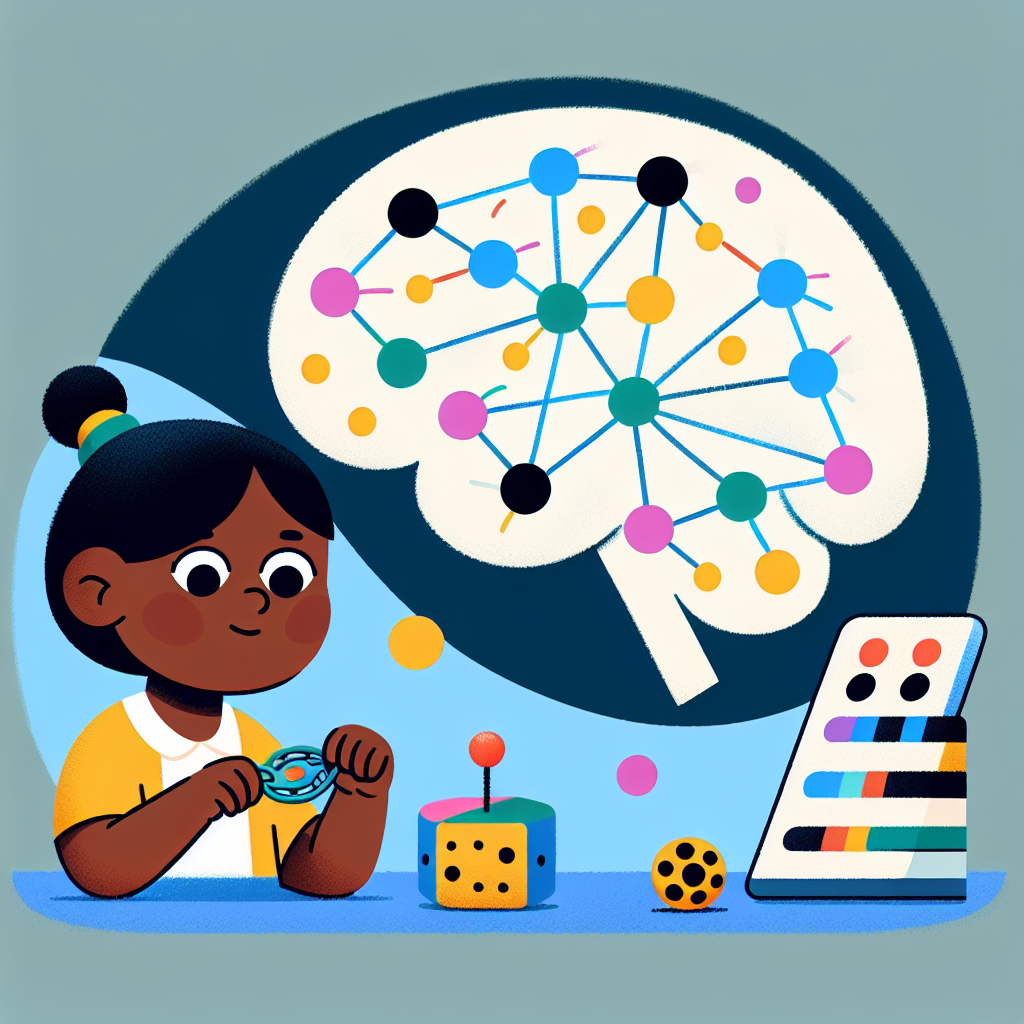
The Thalamic Brain Circuit’s Impact on Sensations in School-aged Children
Autism spectrum disorder (ASD) remains one of the most enigmatic developmental conditions affecting school-aged children. Recent scientific discoveries have provided deeper insights into the neurological underpinnings of this condition, focusing particularly on the brain’s thalamic circuitry. This week’s spotlight news on the science behind autism sheds new light on a thalamic brain circuit that could explain the fluctuation in sensory experiences so common in those with autism.
Understanding the Thalamus and Sensory Processing
Sensory processing differences are a hallmark of autism, with individuals experiencing a range of sensory modulation discrepancies, from hypersensitivity to insensitivity. These variations can heavily impact a child’s educational and social experiences. In a groundbreaking study, researchers identified that the thalamus—traditionally considered a simple relay center—plays a more dynamic role in fine-tuning sensory responses. This alteration in the thalamo-cortical circuitry might explain why some children with autism experience sensory inputs differently.
The Role of the Cortex
Within the cortex of the brain, hidden receptors have been identified that prime neurons, making them more or less responsive to touch. This mechanism could potentially underlie some of the touch sensitivity issues that children with autism encounter in daily life, especially within an academic setting where tactile interactions can be frequent and varied.
Repercussions for School Psychology
These findings have profound implications for school psychologists and educators who aim to create inclusive environments conducive to learning for all students. Understanding the sensory processing irregularities in autism can help tailor educational approaches that minimize discomfort and enhance learning engagement.
Creating an Adaptive Classroom Environment
With insights into the thalamus and sensory processing, educators can think of integrating:
- Flexible seating arrangements to minimize physical contact when not necessary.
- Sensory-friendly resources like noise-cancelling headphones or textured materials to ease sensory overload or provide necessary tactile stimulation.
- Adjustable lighting options to cater to visual sensitivities.
These adaptations aim to accommodate the varying sensory needs that this new research has highlighted.
The Importance of Tailored Interventions
The discoveries around the thalamic circuit highlight the necessity for tailored interventions in school environments. Interventions targeted at sensory processing can involve occupational therapy strategies that focus on enhancing sensory modulation. Such interventions have shown promise in improving focus, reducing anxiety, and enhancing the overall quality of life for children with ASD.
Moving Forward: Research and Application
Future research should continue to explore the different roles that brain circuits play in autism, especially concerning learning and memory. Schools can collaborate with researchers to implement pilot studies evaluating the effectiveness of sensory-modulation strategies derived from this research.
Understanding the brain’s influence on sensory processing not only guides academic adjustments for individual needs but also drives a broader commitment to fostering classrooms that uplift and educate diverse learners.
For more information on this topic and other related studies, visit Science Daily.



